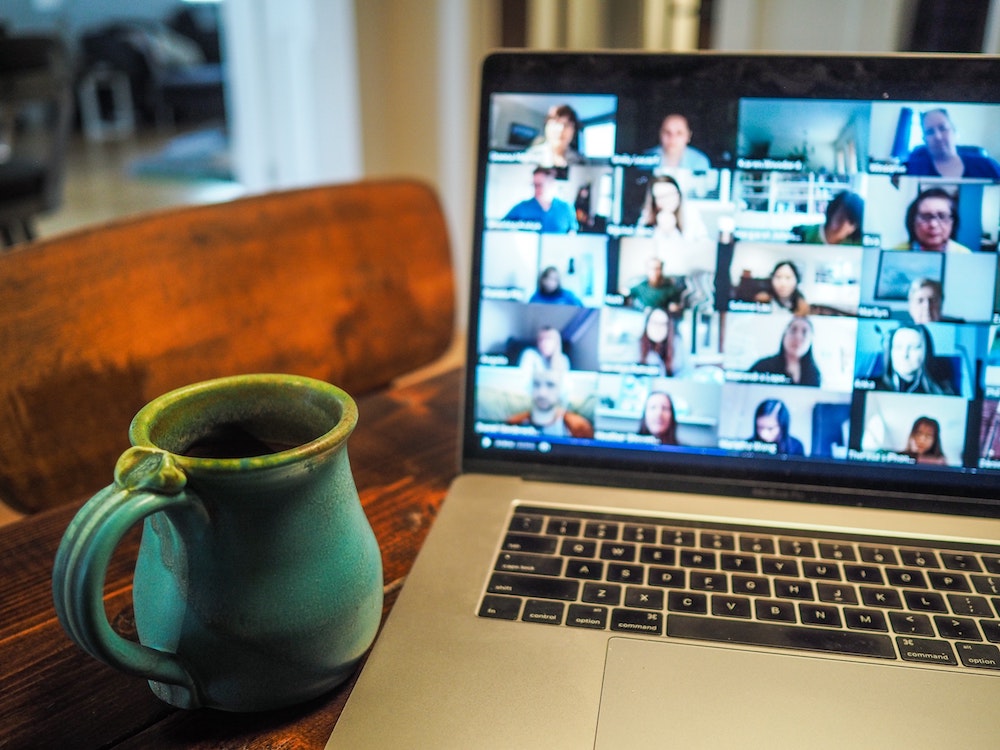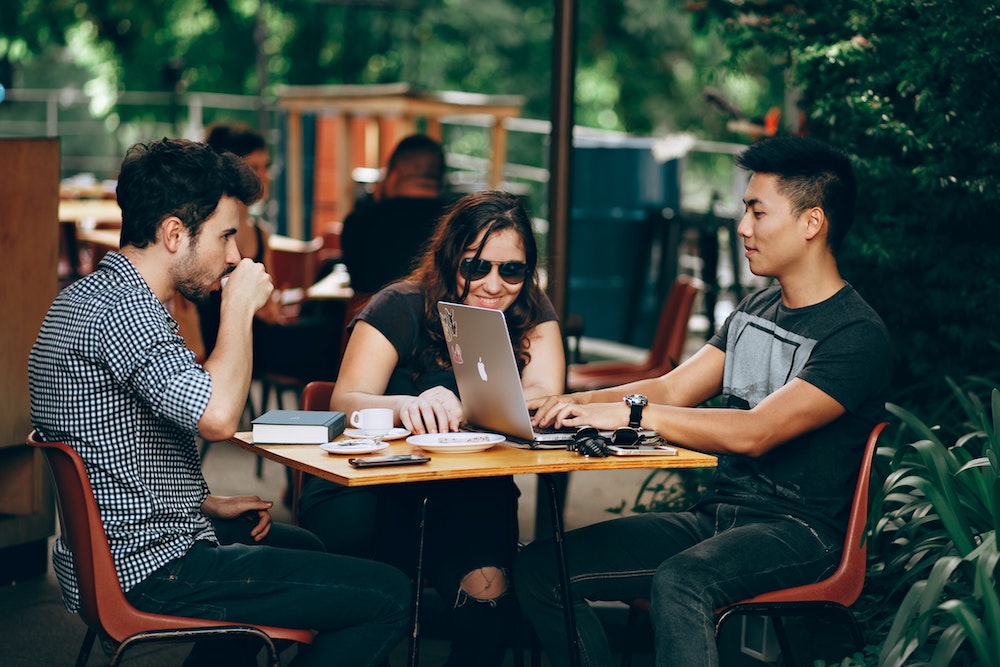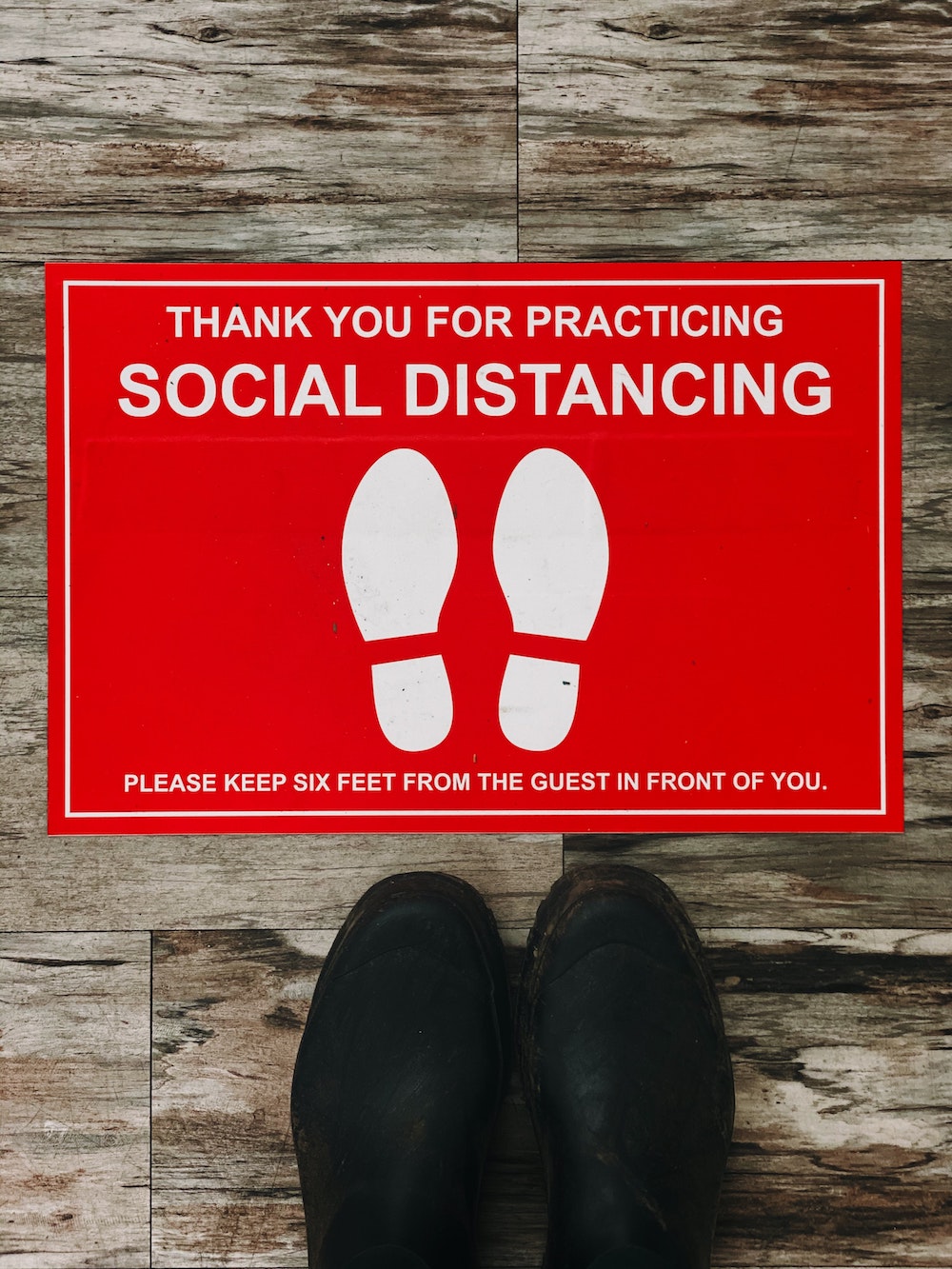Elise Shapiro recaps the recent BOND Events Round Table which was focused on how we managed during the past year and a look forward to what may be coming next.

One thing working virtually has changed, is how we meet and interact with our professional networks. In some ways this has broadened our exposure to people we would not normally run into in the course of our projects or networking events. At WDM, we strive to bring people together, in as many ways and platforms as possible. I was recently invited to moderate a roundtable hosted by BOND Events. The conversations across the two events were robust and offered some interesting viewpoints on how we have managed during the past year and a bit of a look forward to what ever may be coming next. Reaching out to the participants, we had some great follow up commentary – definitely worth sharing with our readers.
For the last 15 years, BOND Events have helped 1000’s of Principal Architects and Heads of Interior Design connect with the people and solutions they need to constantly improve their designs.
Over three days, (under normal circumstances taking place in a five-star resort, but currently online) principals are immersed in a program of one-on-one meetings with experts from vendor companies who can take their projects to the next level. Mixed with peer-to-peer roundtables (like the one I hosted) and AIA-accredited seminars, the hope is that attendees discover everything they need to be inspired and continue to be the best at what they do.
BOND Events has built a like-minded community who believe that a real relationship and trust are the foundation to success in business. The events are for only the most senior architects and designers, and in most cases owners/founders of product manufacturing companies. BOND Events are a space where high-level collaboration is firmly at the forefront, and where ideas are created.
In February our virtual roundtables addressed the most relevant issues facing design teams across all disciplines. At the end of one session, the question of what were the “unintended outcomes” of our pandemic year. Our follow up yielded some great insights on the current state of affairs and some thoughts on the future.

“As our firm has navigated through the changes that this past year has brought, working to respond to our clients’ needs and guiding them as they assess their future, we’ve discovered exciting opportunities to create rewarding cross disciplinary work and knowledge sharing. For example, our healthcare design teams are collaborating with our transportation architecture teams to apply proven strategies for designing durable, maintainable, and safe environments to transit building types. In similar fashion, our workplace strategy and interior design teams are sharing knowledge of planning efficiencies and how that applies to creating modules for efficiency to their colleagues working in the healthcare space. It seems as though all facets of our company are inspired to break down their work silos and look to new ways of advancing big ideas.
Exciting opportunities also exist to look at the future of the built environment in a new light. Smart building technology is all around us in our homes —we now have the ability to control many things with our devices — but how can we translate this to commercial, institutional, and healthcare spaces? What tools do we need to create an intelligent, automated environment and how can these tools impact space requirements? Technologies are available that reduce energy use, contribute to improved economic and global climate impact, as well as provide cost savings in facility operations. The theory that workplace will be driven by technology goes far beyond an abundance of monitors integrated into furniture systems and the flexibility to plug in and work anywhere – let’s seize the opportunity for design and engineering to unite to create intelligent environments. It will be a designer’s challenge to visually define a space that supports and reflects the smart technology that resides within. Imagine the possibilities if architecture, engineering, and sustainability all worked together on a human scale.”
Danielle Masucci, IIDA, NCIDQ, Associate, Interior Design Principal, HDR, Princeton, NJ
Before 2020, I would have thought it impossible for governmental entities world-wide to issue stay-at-home orders. Even more incredible was how corporations responded by repositioning their global workforces into 100% work-from-home arrangements.
As we mark the first year of this collective experience, many of us still work primarily from home. For me, an unintended consequence of this pandemic includes sharing and witnessing work/life balance events in my teammates’ lives each day. I meet cats, dogs, kids, and spouses when I hear them in the background during virtual project calls. Listening to kids singing and dogs barking with an ear of empathy has become normal to my work experience.
These windows into each other’s lives brings an insight that we cannot demand others around us to be extra quiet during hours we need to think. At home, we deliberately leave the activity zone to find quiet havens to get away from all the distractions. This insight could translate to the office of the future.
If we have the freedom to choose our home, the office, or whatever location best suits our needs, we do not need a sea of workstations in the workplace. Instead, the role of the office might soon become a vibrant collaboration center where we tolerate higher levels of acoustics and deliberately design havens to tuck into for those quiet moments.
I believe a positive and welcoming shift that will emerge from this pandemic is hybrid workspaces that are purposefully designed for flexible work experiences that foster productivity inclusive of work life balance.

Julie Hutchison, NCIDQ, IIDA, LEED AP BD+C, Vice President, HKS Chicago
I would say that there have been both negative and positive “unintended” outcomes of the pandemic this past year. On the negative side, we have seen clients place projects on hold for an indefinite period of time. We are seeing that the longer the pandemic lingers, our clients continue to maintain their “wait and see” perspective. The solutions to space utilization and office re-entry strategies being discussed today are much different, and continue to evolve, compared to solutions presented in the many zoom webinars during the early months of the pandemic. Consequently, corporations with large amounts of real estate may have spent a great deal of money on changes within the office that would have gone to waste in light of the fact that most everyone is still working from home.
On the positive side, many organizations that may never have considered a hybrid work policy have discovered that they can, in fact, work successfully from home. I am working with a national client that is considering a hybrid work policy, which would provide better work/life balance for the employees, while allowing the potential to reduce the amount of real estate they occupy, creating a win-win for everyone.
Naida Mirza, ASID, LEED AP, ASD Sky, Atlanta, GA
In this past year, it is without question people have proven we are resilient and adaptable creatures. While we all transitioned near effortlessly into a virtual world in markets such as Education, Entertainment, Healthcare and Workplace, it wasn’t long into the transition that the interaction in the physical world was sorely missed. We realized our humanness. Being “social” is really the essence of the human race. And while Zoom calls and FaceTime, have been tremendous stand-in tools for social engagement, we learned that being “social” in the purist sense can only be captured in the physical world. Touch, eye contact, energy through physical presence, are fundamental in human connection, culture, and well-being. While many have asked the question “could we be a completely virtual organization or have a completely virtual world?” – sure, but not at the compromise of culture and social well-being. We aren’t robots, we aren’t computers, we are human.
Susan Suhar, NCIDQ, LEED AP, WELL AP, FitWel Amb., Interior Design Principal, IIDA, Assoc. AIA, IFMA, HDR Los Angeles, CA
Everyone has experienced the changes in their work/life differently. What were the unintended outcomes that you have experienced?

